The Best Ceramic Coating Service in Portland, OR
Ceramic coating is a cutting-edge vehicle enhancement that involves the application of a liquid polymer to the exterior of your vehicle. This polymer chemically bonds with the vehicle’s factory paint, creating a protective layer that effectively shields the car from environmental damage, such as UV rays, bird droppings, and harsh weather conditions. It also adds an extra shine, giving your vehicle a glossy, pristine look. It can even be applied to glass surfaces.
At WrapCo, located in Portland, we specialize in providing top-notch ceramic coating services. Our team of skilled technicians is trained in the latest application techniques, ensuring each vehicle receives a thorough, even coating. We use only the highest quality products, guaranteeing durability and long-lasting protection. Furthermore, our commitment to exceptional customer service sets us apart. Our team is dedicated to ensuring that every client leaves our shop satisfied with a vehicle that not only looks stunning but is also effectively shielded from the elements. In Portland, when it comes to this service, WrapCo is the name you can trust.
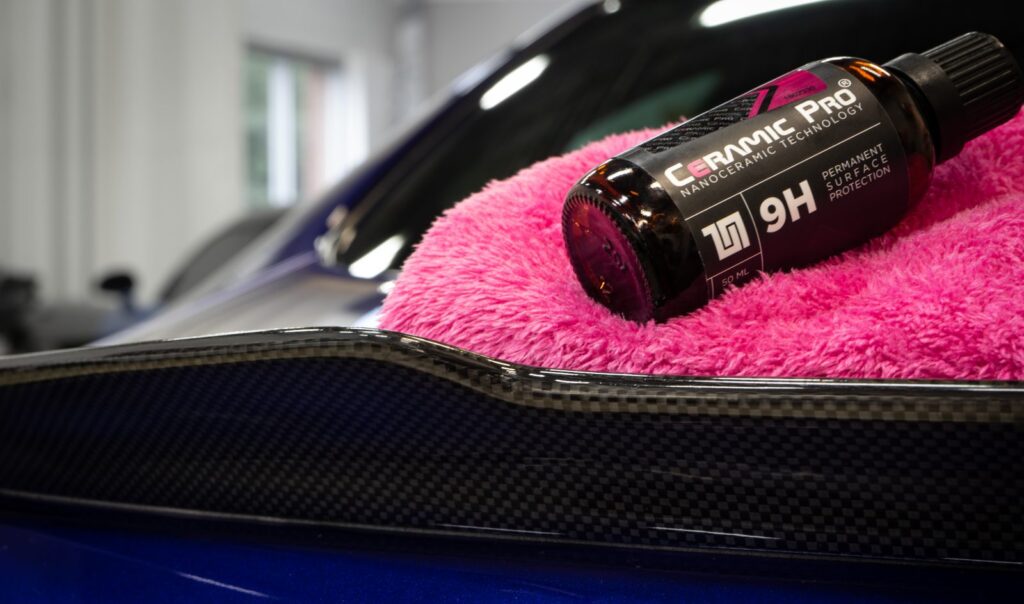
Our partner, Ceramic Pro with their Nanoceramic Technology
As a premier ceramic coating in Portland, we are proud to partner with Ceramic Pro. Their innovative Nanoceramic Technology stands out as the most advanced and effective on the market. This technology involves creating a chemical bond between the polymer layer and your vehicle’s paint, resulting in an ultra-durable coating that can withstand extreme temperatures, abrasions, and chemicals. It also has self-cleaning properties, making maintenance a breeze.
The Ceramic Pro Elite Dealers offer different levels of coating to suit your specific needs and budget. From their entry-level Sport package to their top-of-the-line Gold package, you can choose the level of protection that best fits your vehicle’s requirements. Ceramic Pro also offers other services such as KAVACA Paint protection film installation.
This partnership ensures that our clients looking for ceramic coating in Portland, OR receive the highest quality products for their vehicles, backed by a lifetime warranty. With Ceramic Pro and WrapCo’s ceramic coat, your vehicle will not only look amazing but also stay protected for years to come. Be sure to have your car coated to further improve its protection from the excellent work of our professionals.
Benefits of Ceramic Coating
There are several reasons why ceramic coating is becoming increasingly popular among car owners in Portland. Here are some benefits.
Maximum Protection
This coating provides a protective layer that shields your vehicle from environmental damage, including pollutants, and harsh weather conditions. It also prevents paint chips and scratches.
Easy Maintenance
With the hydrophobic properties of ceramic coating, dirt and grime slide off easily, making cleaning your vehicle a breeze.
Long-Lasting Results
Unlike traditional wax or sealant, this can last for years with proper maintenance. This means long-term protection for your vehicle and cost savings in the long run.
Improved Aesthetics
This coating adds a glossy, mirror-like finish to your vehicle, making it look like new even after years of use.
Increased Resale Value
With a well-maintained ceramic coating, your vehicle's resale value will remain high, making it a worthwhile investment.
At WrapCo, we understand the value of your vehicle and strive to provide the best ceramic coating Portland services to ensure it stays protected and looking its best. Contact us today to schedule an appointment or learn more about our services. Trust us with your vehicle, and you won’t be disappointed!
Why choose WrapCo for Ceramic Coating Services?
When it comes to ceramic coating in Portland, there are many options to choose from. However, at WrapCo, we stand out for our commitment to quality and customer satisfaction and assure that we give an amazing job. Our technicians are highly trained and experienced in applying this service using the latest techniques. We also use only the best materials, ensuring that your vehicle receives the highest level of protection.
In addition, we offer a range of other vehicle enhancement services, including paint protection film, vinyl wraps, and window tinting. This means you can conveniently get all your vehicle enhancement needs taken care of in one place.
Don’t settle for subpar trust WrapCo to provide top-notch results that will leave your vehicle protected and looking its best. We make sure that at WrapCo, you get the best service that you deserve.
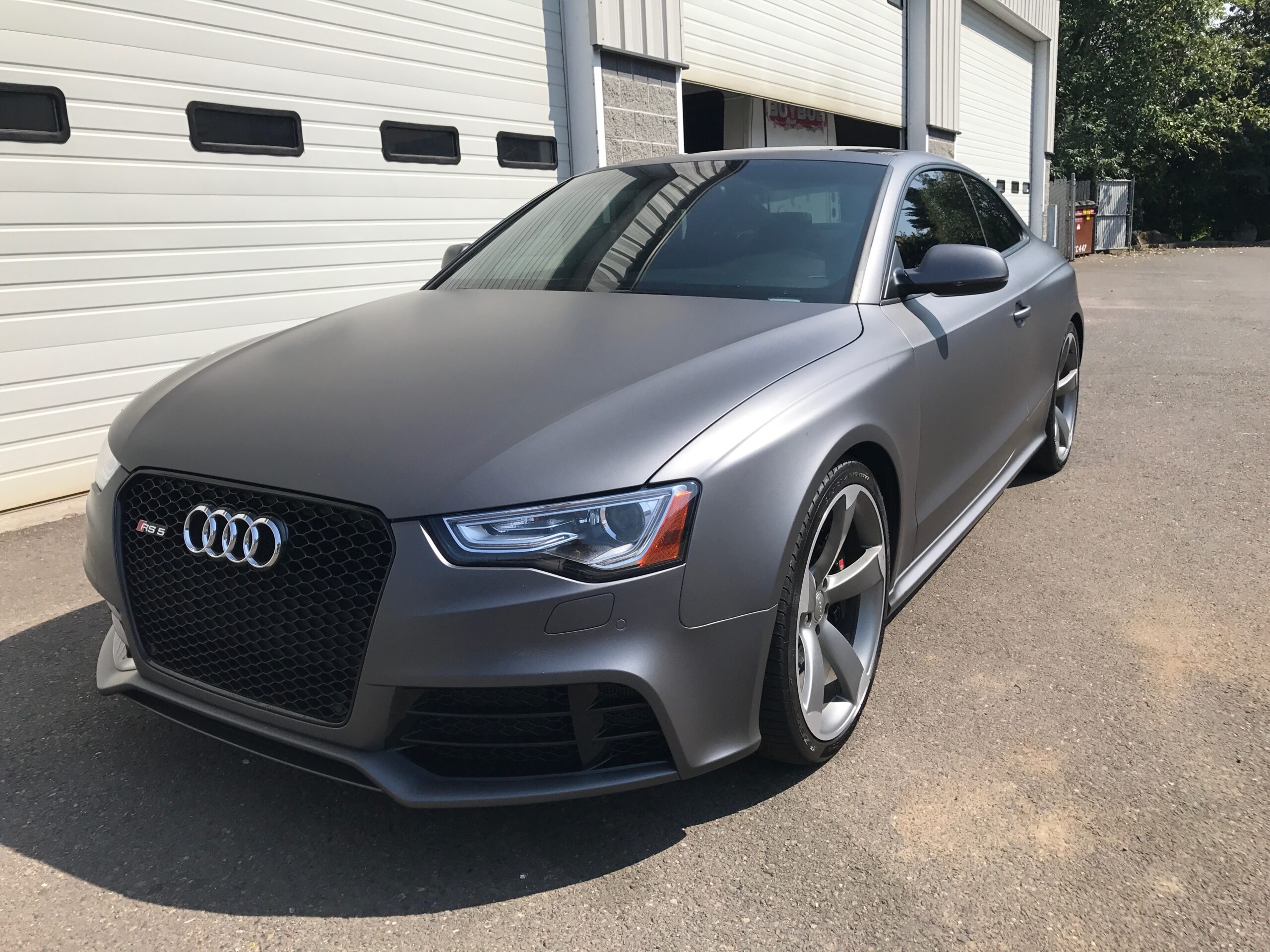

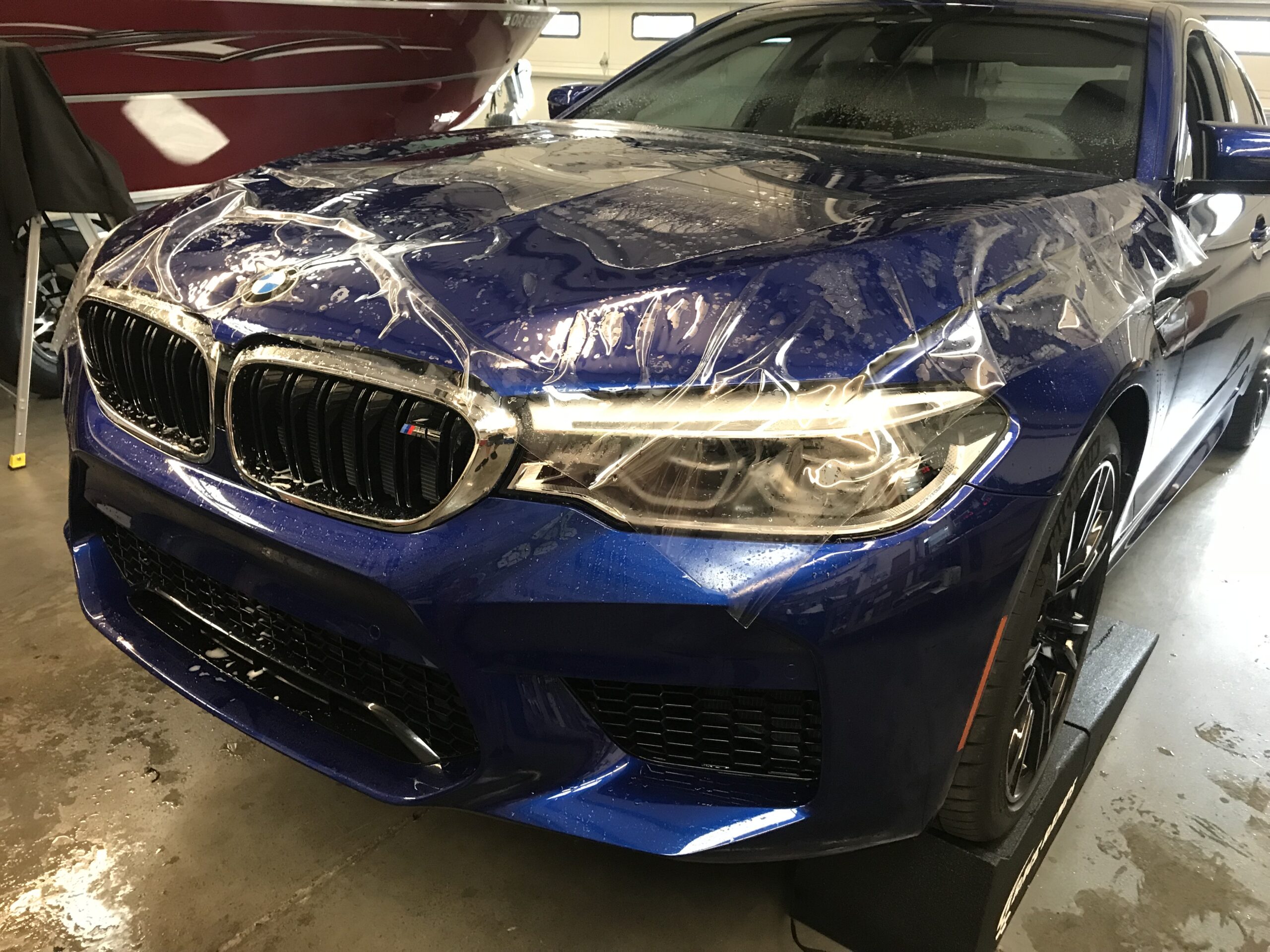
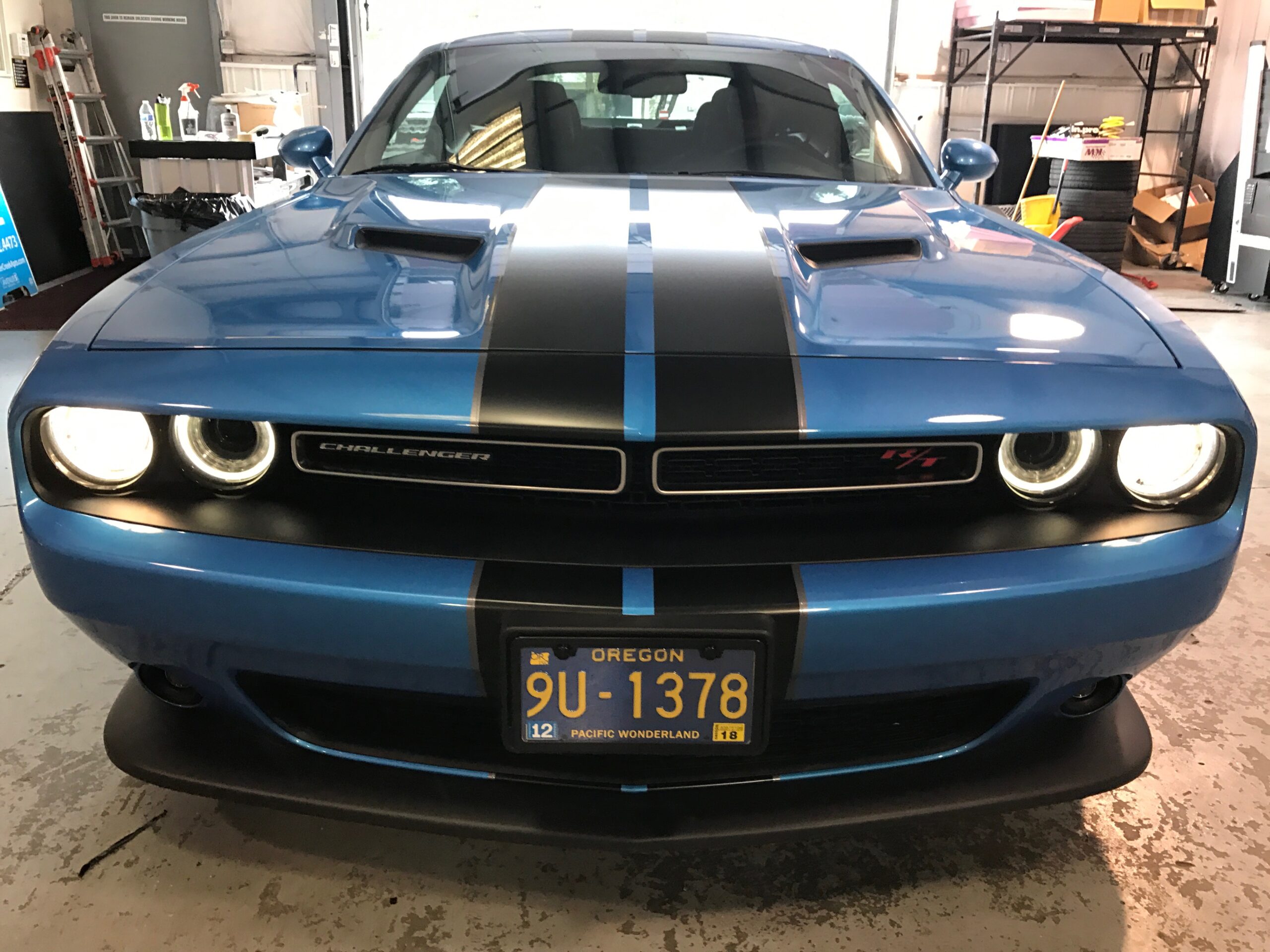
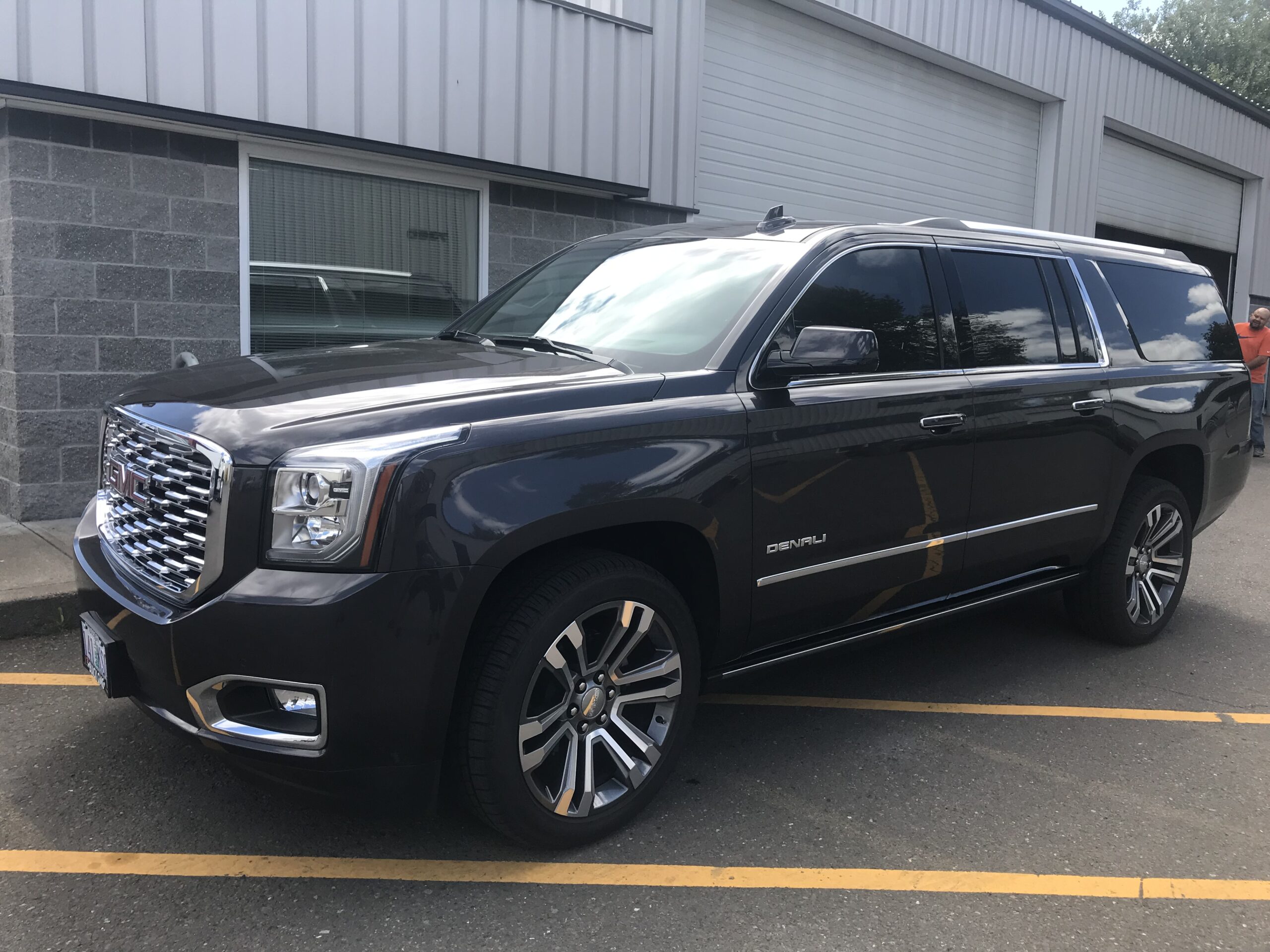

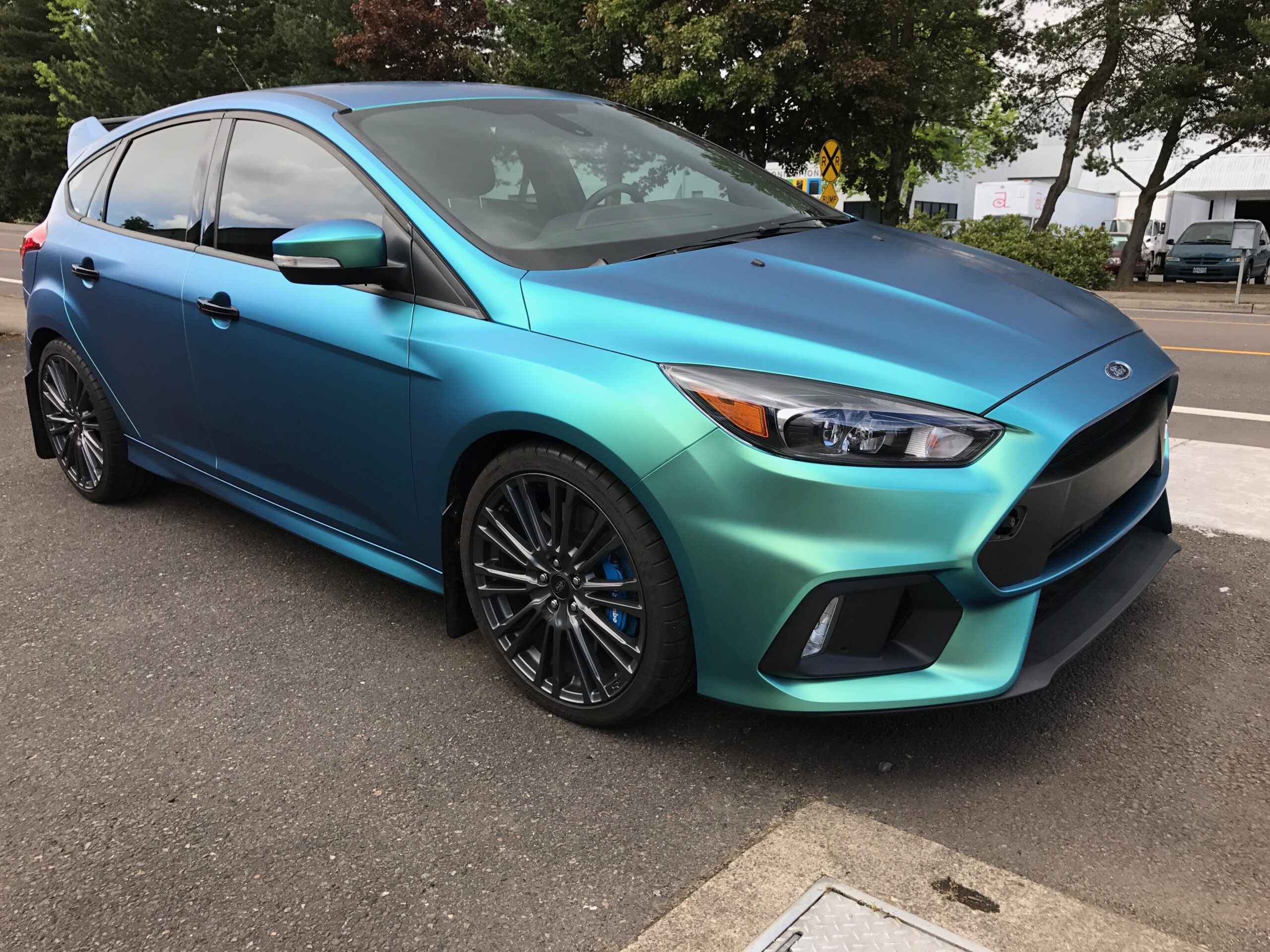
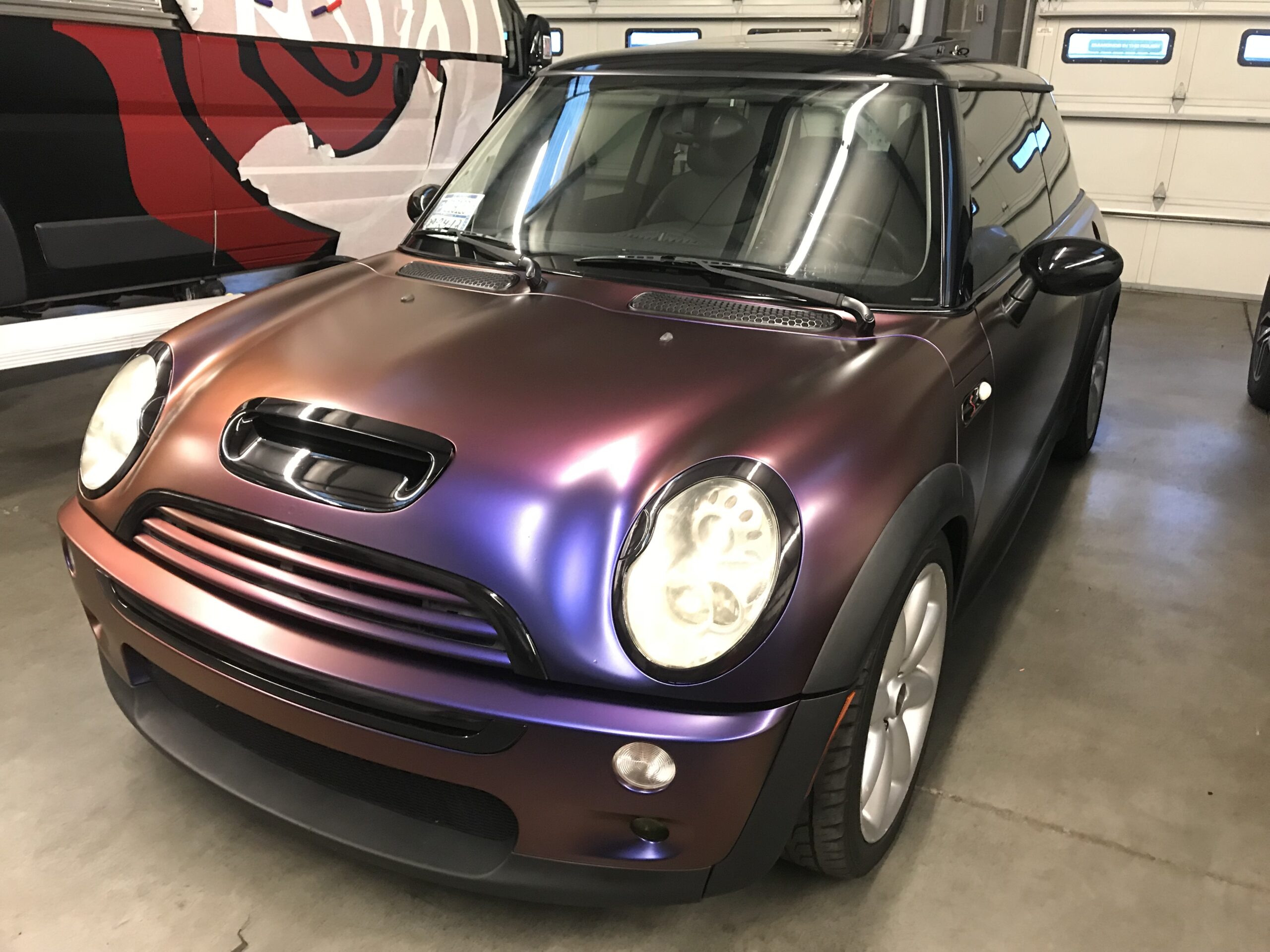
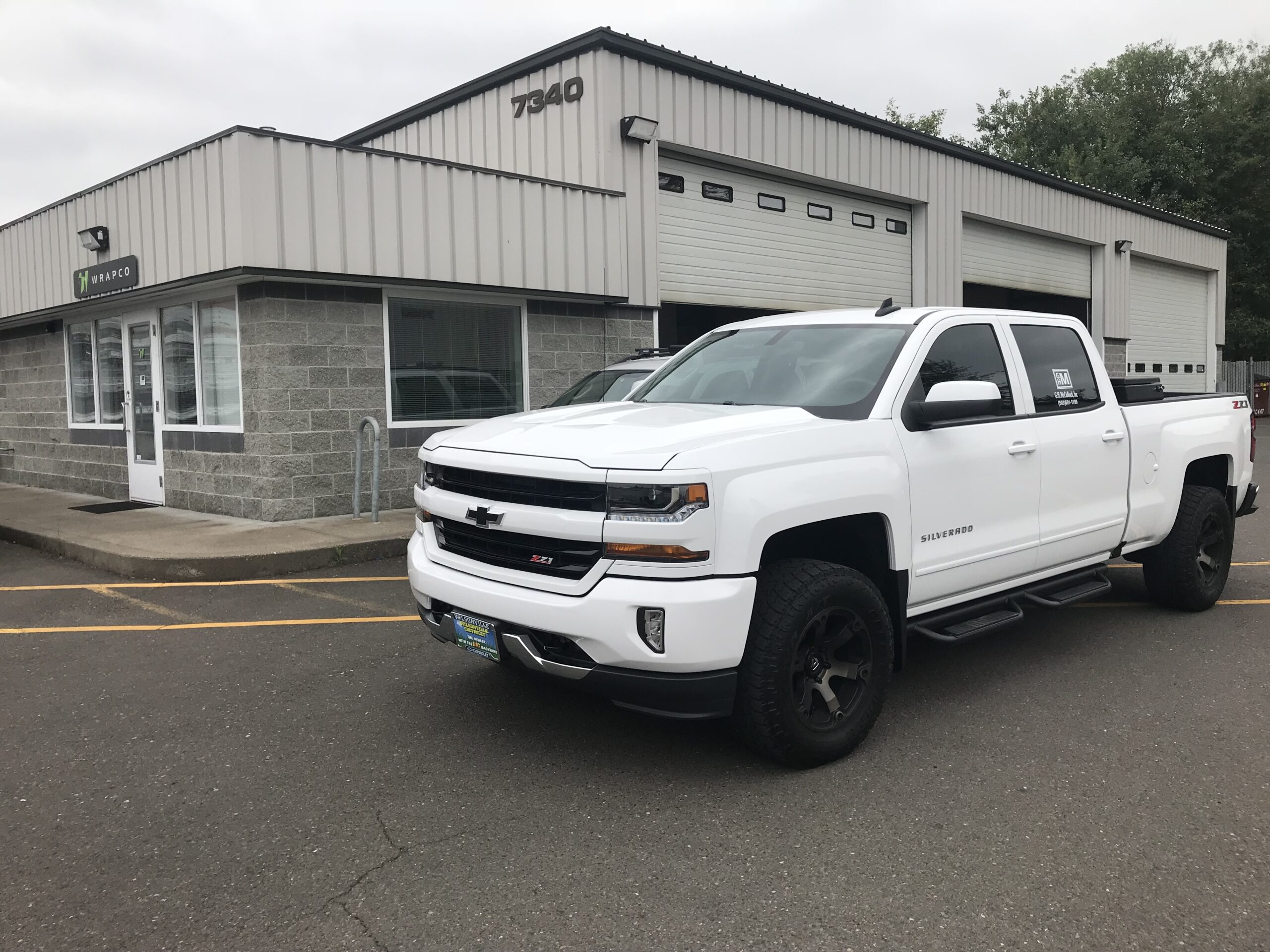
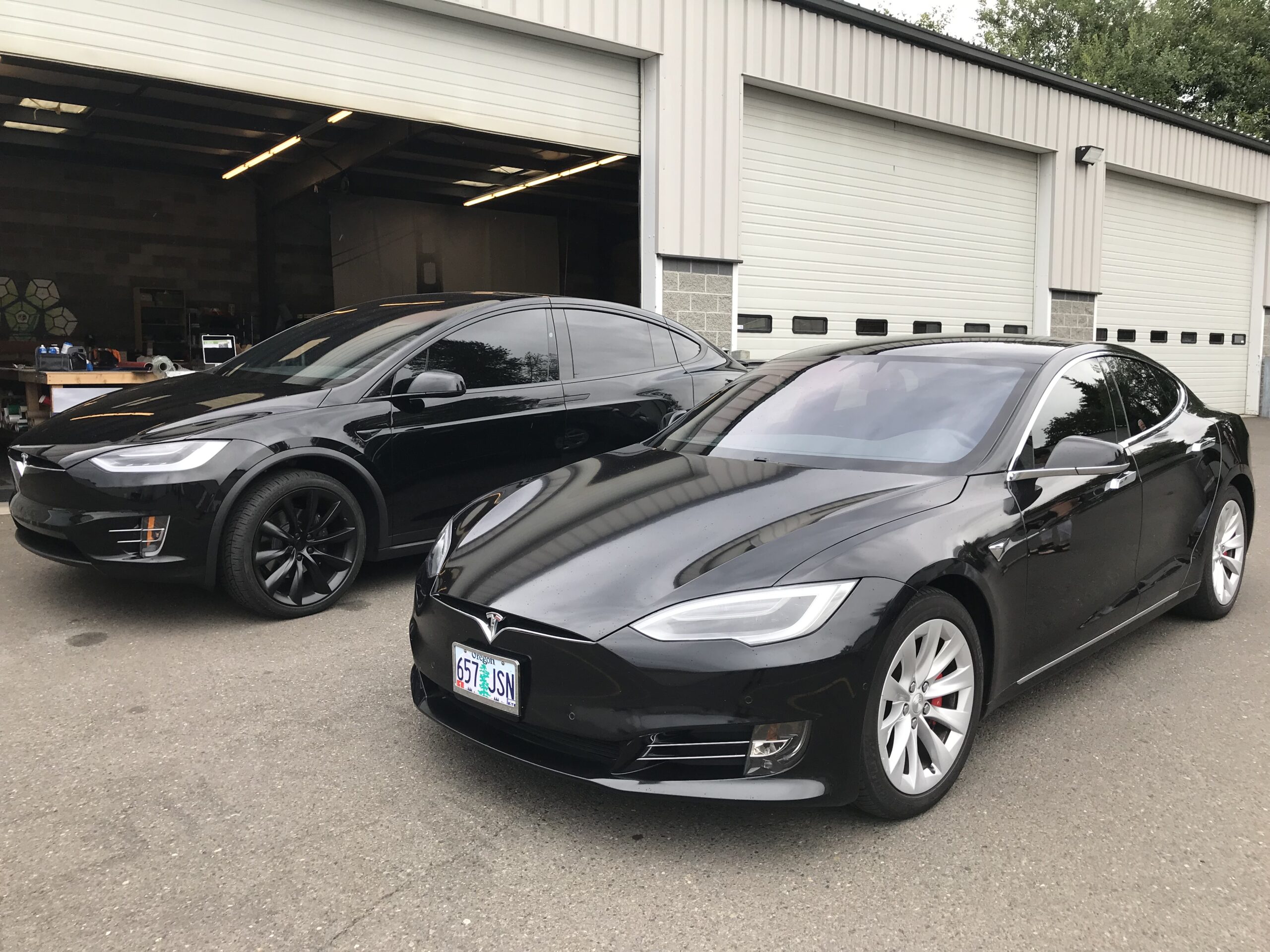

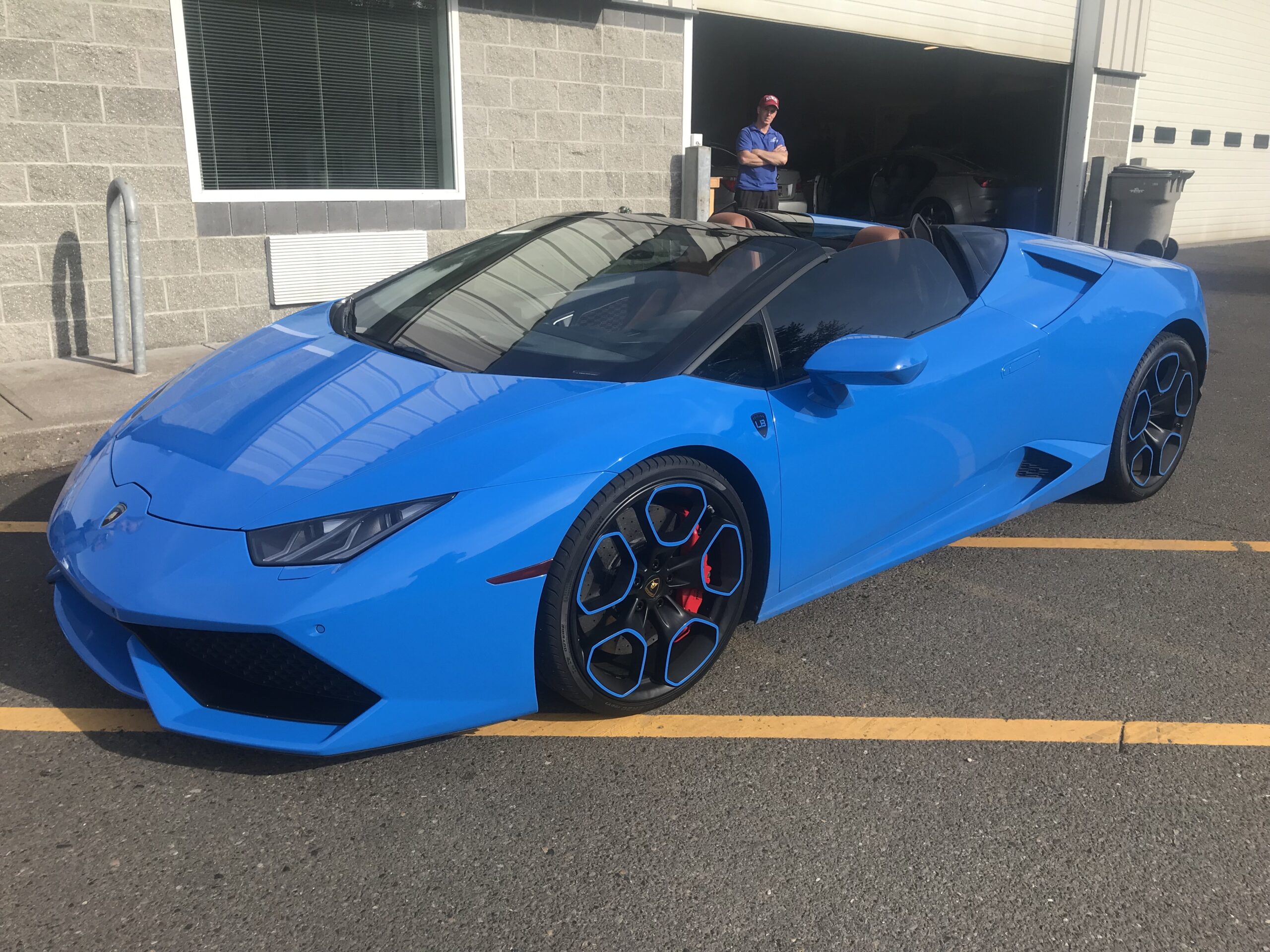
Wrapco's Ceramic Coating Services
In conclusion, ceramic coating is an excellent investment for vehicle protection. The partnership between WrapCo and Ceramic Pro ensures that you receive the best possible services backed by a lifetime warranty. So why wait? Contact us today to schedule an appointment and give your vehicle the protection and shine it deserves. Learn more about us today!
WrapCo 7340 sw Bonita Rd Tigard, OR 97224
(503) 624-1192
How does ceramic coating work?
The coating forms a permanent or semi-permanent bond with the paint, creating a layer of protection that is hydrophobic, UV resistant, and durable against minor scratches and chemical contaminants.
What are the benefits of ceramic coating?
Ceramic coating provides enhanced shine, hydrophobic properties, UV protection, chemical resistance, ease of cleaning, and minor scratch resistance.
Is ceramic coating worth the investment?
For many, yes. It protects the vehicle’s paint, makes cleaning easier, and maintains a high-gloss finish, potentially increasing the vehicle’s resale value.
Can ceramic coating prevent all scratches and damage?
No, ceramic coating is scratch-resistant, not scratch-proof. It helps protect against minor scratches and swirl marks but will not prevent major damage.
Does ceramic coating affect the color of my car?
No, it enhances the depth and gloss of the existing paint but does not change the color.
Can I apply ceramic coating to a new car?
Yes, applying a ceramic coating to a new car is ideal as it helps preserve the factory paint in pristine condition.

